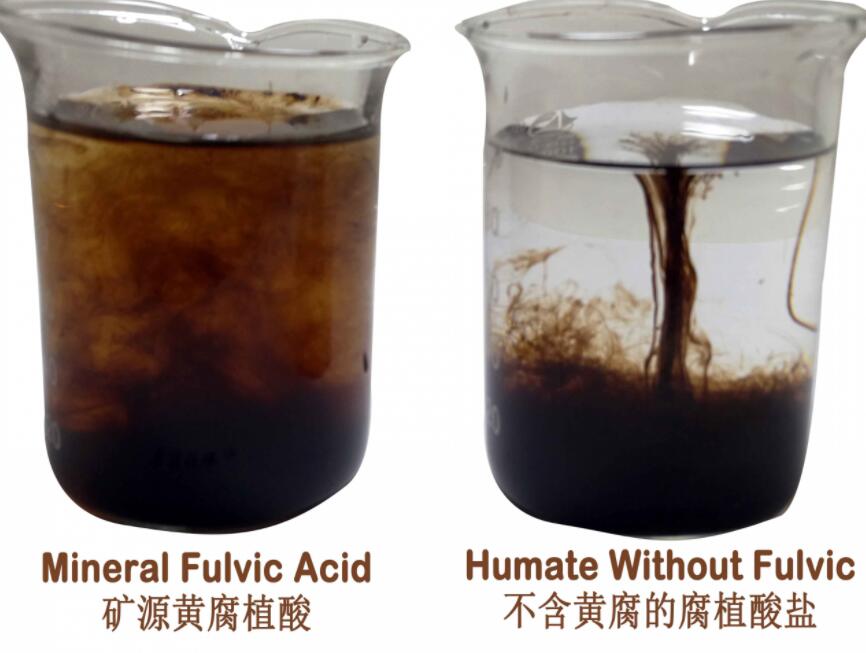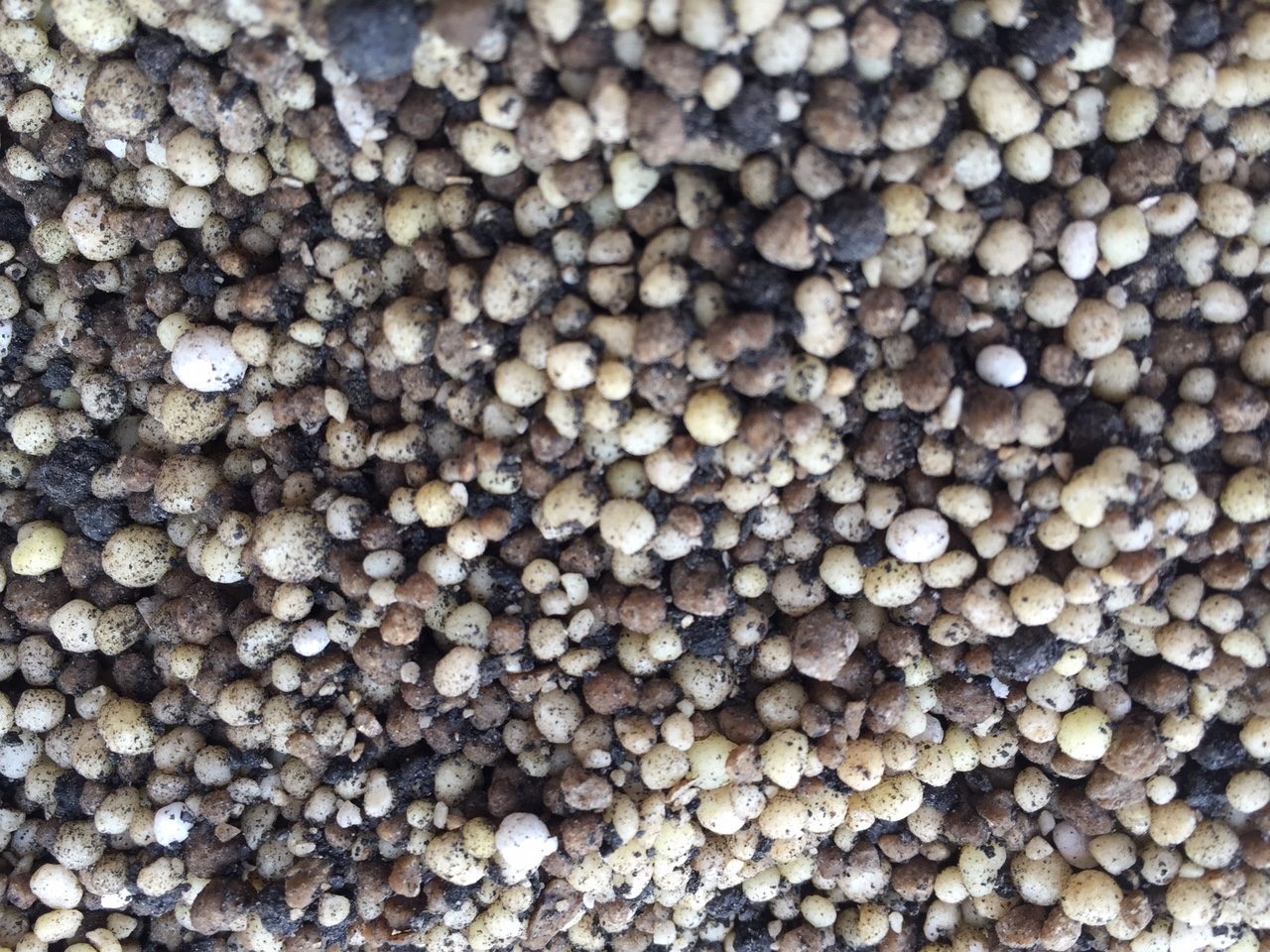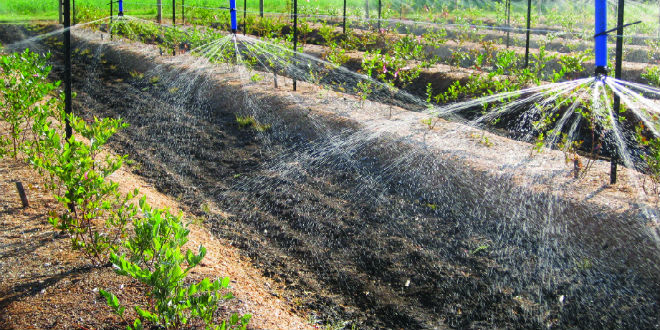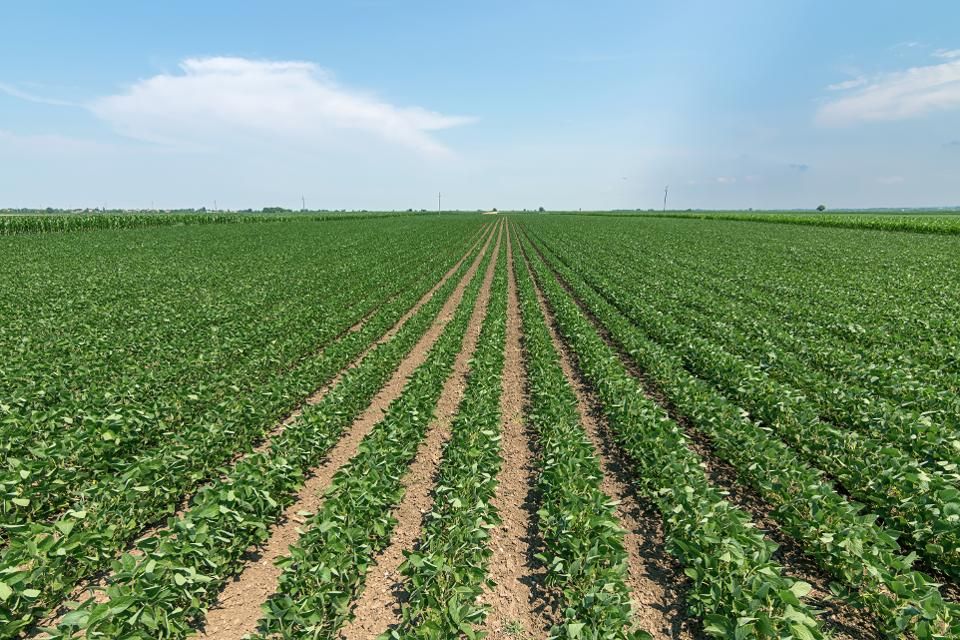As potassium fulvate and potassium humate suppliers, we found lots of customers don’t know what their difference are.Here we made an explanation.
For mineral source potassium fulvate, in the agriculture market, people also call it potassium humate with fulvic acid or potassium fulvic humate. As it contains mineral source fulvic acid.
For potassium humate, as it’s humic acid potassium salt, so we can also call it potassium humic acid.
The mineral source potassium fulvate is similar to the potassium humate.All of them belong to the humate salts series.The only difference is that the raw material used to produce the potassium fulvate is rich in fulvic acid. The water-soluble humic acid in potassium humate is high molecular structure.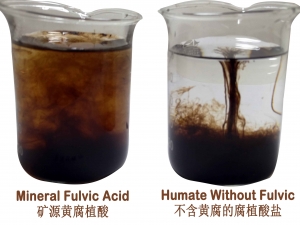
Its good chelating performance makes humic acid produce flocculation material slowly when it encounters metal ions in water. Such as calcium, magnesium and so on. While generally agricultural production water is well water, river and lake water.
Mostly belongs to hard water and contains a large number of high-valence metal ions. This will inevitably affect the use of fertilizers, or even reduce fertilizer efficiency.
Similarity and difference between mineral source potassium fulvate and potassium humate
A. Similarity: Used as multifunctional and high efficiency compound fertilizer combining with nitrogen, phosphorus, potassium and other elements needed by plants. Also can be used for soil improvement, plant production stimulant and fertilizer efficiency enhancer.

B. Difference: Mineral source potassium fulvate is a high-efficiency macromolecular organic compound.It can stimulate the fast rooting of the crop, the multi-rooting, the strong growth, the increase of the content of the chlorophyll, the Vc content and the sugar content. Also play the role of drought resistance, cold resistance, disease resistance, and a high-quality complexing agent.
This product is completely water-soluble, acid and alkali resistant, anti-divalent ion, can be co-dissolved with a plurality of trace elements and a plurality of elements, and can’t be flocculated. Mainly used as a foliar fertilizer or a main agent or an additive of organic fertilizer.

